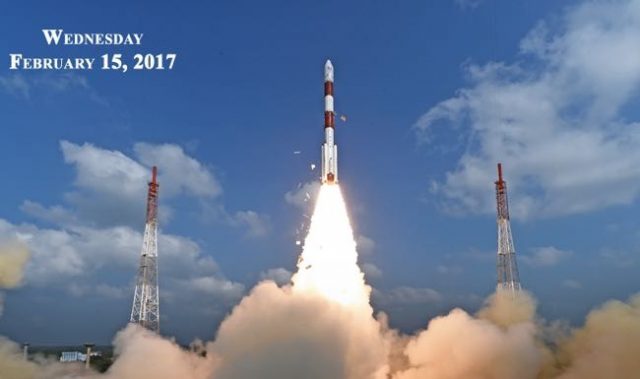
AsianScientist (Dec. 10, 2014) – By M. Sreelata – Human waste generated at a lunar base being planned by NASA can produce enough biogas (mixture of methane and carbon dioxide) to power the rocket that will help get the astronauts back to earth, says a study.
The study by researchers at the University of Florida (UF), published in Advances in Space Research in October, finds that by optimizing waste digester technologies—stirring, temperature control, organic loading rate and reactor design—methane production can be improved substantially.
Pratap C. Pullammandappallil, associate professor of agricultural and biological engineering at UF and an author of the study, tells SciDev.Net that the method is a modification of an earlier design for an anaerobic (oxygen-free) digester to manage waste at a planned base on Mars.
“Anaerobic digestion is a biochemical process mediated by a mixed group of naturally occurring microorganisms that convert organic matter to biogas (typically 50-60 per cent methane and rest carbon dioxide) at near ambient conditions in an anaerobic environment,” explains Pullammandappallil.
The digester for the Mars mission, now abandoned, was designed to process biomass from plants grown on the red planet for food and to generate oxygen.
“Since the physical characteristics of waste from the lunar mission are different, the engineering design incorporated into the fermentation vessel (anaerobic digester) was also different,” Pullammandappallil says.
NASA’s moon station, to be constructed over five years between 2019 and 2024, will have four crew members. For the study, the scientists used chemically-simulated food waste and packaging expected to be produced by the crew at the lunar base.
The study found that a year’s worth of the crew’s solid waste could provide about 23 percent of the 1,000 kilograms of methane required for ascent engines, using anaerobic digestion, says Pullammandappallil who studied chemical engineering at the Indian Institute of Technology, Madras, before moving to UF.
Additionally, 59 percent of methane would be available from carbon dioxide produced by the digester and from life-support systems so that a total of 82 percent of fuel needed for lunar ascent could be produced from waste products, Pullammandappallil says.
Converting waste generated at the lunar station into fuel would also save on extra weight for the lift off from Earth.
According to Pullammandappallil, a technology spinoff would be efficient recycling of a variety of organic waste to produce methane on Earth. As a biofuel, processed anaerobic digestion has a highly positive net energy outcome compared to production of ethanol or butanol through fermentation.
Swati Singh Sambyal, senior research associate at the Center for Science and Environment, a non-governmental organisation based in New Delhi, describes that concept of anaerobic digestion of human faeces as a “good initiative.”
“Using human faeces is more of a mindset issue. If human faeces could be used in anaerobic digesters, it would solve many problems—such as the increasing load on sewage treatment plants,” she tells SciDev.Net.
Even though beneficial, the uptake of this technology has not been as widespread as would be expected.
“One of the reasons is the lack of appropriate digester vessel designs for certain types of wastes,” Pullammandappallil says.
The article can be found at: Dhoble and Pullammandappallil (2014) Design and Operation of an Anaerobic Digester for Waste Management and Fuel Generation During Long Term Lunar Mission.
——–
Source: SciDev.Net.
Disclaimer: This article does not necessarily reflect the views of AsianScientist or its staff.












